Update: I’ve had a phone call from one of the directors of Matki – see the end of the post.
In the small hours of yesterday morning, one of the curved panels of our expensive and otherwise perfectly-adequate Matki shower enclosure exploded.
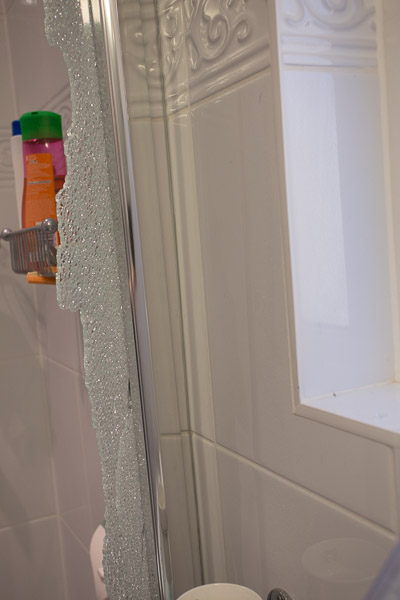
Most of the glass ended up on the floor; in fact, I first knew something was amiss when I couldn’t open the bathroom door because of the glass fragments jammed underneath it. My first thought was ‘Who broke a windscreen in my bathroom?’
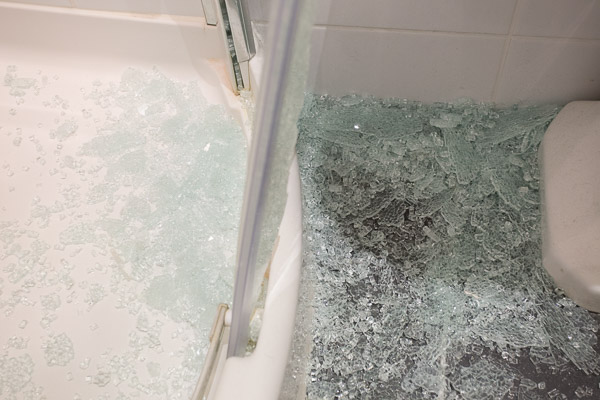
But I use the word ‘exploded’ advisedly, because it clearly didn’t just collapse. Some of the glass was flung further afield.
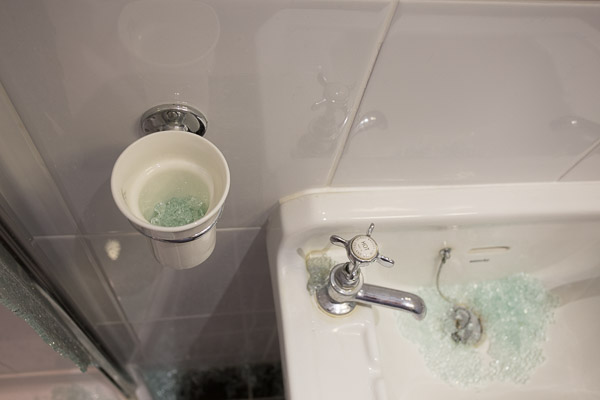
There were even some pieces in the toilet pan, which has no direct line-of-sight from the original panel, so I guess they must have been thrown against the opposite wall with sufficient force to have bounced off and back across the (admittedly small) room into the loo.
All of which makes me wonder what this would have been like had anyone been in the room, or in the shower, at the time.
The shower was installed just under a year ago by a careful and seasoned professional, according to the included instructions, and has had nothing but normal use since then. So I called Matki, assuming that it would be replaced immediately under guarantee with profound apologies and that they’d send someone round to sort it out promptly. After all, they might have had a rather nasty law suit on their hands if someone had been blinded by flying glass.
However, I forgot two things – firstly that we’re in Britain, where such gestures are not common, but secondly, I suppose, that any such action might be taken as an admission of culpability. Is the law enough of an ass that a gesture to make an otherwise disappointed customer into a happy customer is likely to backfire? Anyway, this customer stayed disappointed, though they did give me a modest discount on the replacement panel.
I get to spend a couple of hours in my pyjamas clearing up glass. I get to pay my plumber to fit the new unit. I get to pay Matki 140 quid for the new panel. I get a shower I can’t use for two weeks. Ah, well. Matki, in exchange, get this blog post. 🙂
Update, Mon 13th Oct
I thought it only fair to inform Matki of this post, and give them the chance to respond. This morning I received a call from one of the directors, Des Rocks, who struck me as a very fine and very rational fellow. He was most apologetic, and we had a good discussion about both glass manufacture and social media!
I mentioned to him that the customer service person I had spoken to seemed polite, efficient and businesslike, but that his hands had clearly been tied by the company’s policy. I was informed that they were changing some of their policies now to allow a little more flexibility. They’re also sending someone to fit a replacement panel, and will not be charging me for it.
All of which means that I’m now once again a happy Matki customer, and remain impressed with the company and its products. It’s sad that I had to resort to a blog post to get to this point, but I’m willing to give them the benefit of the doubt and assume that these events are very rare, and that getting them fixed is less likely to be a problem for customers in the future. All’s well that ends well.




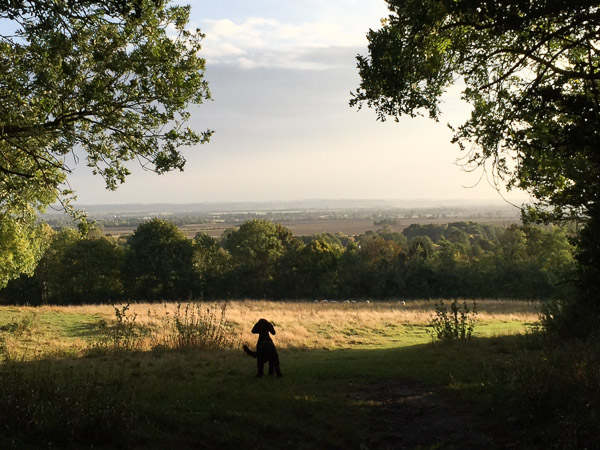

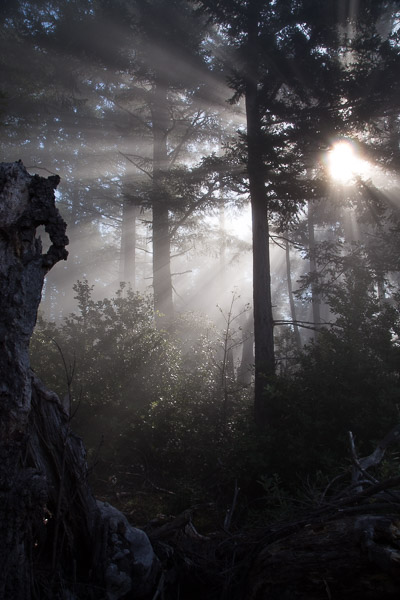
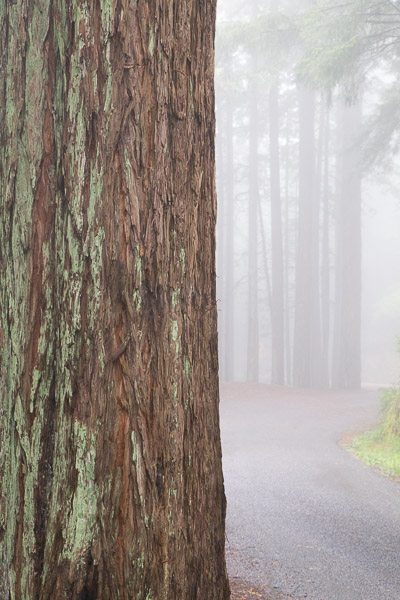
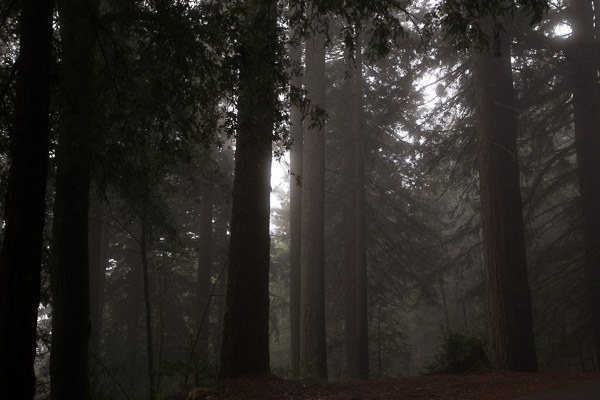
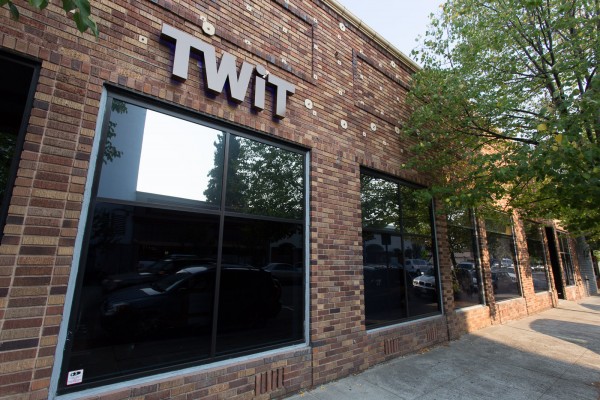
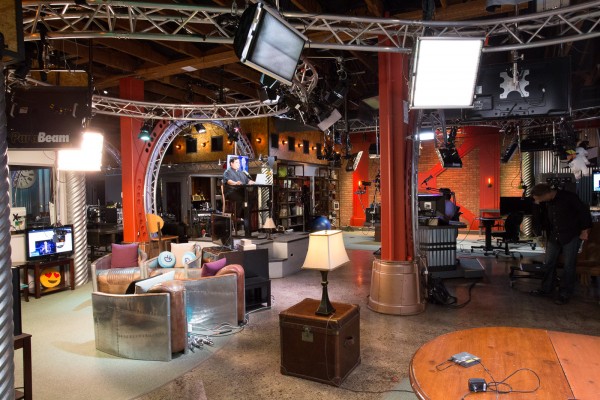
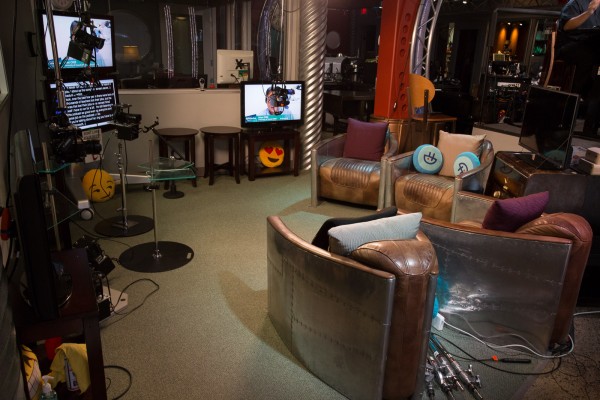
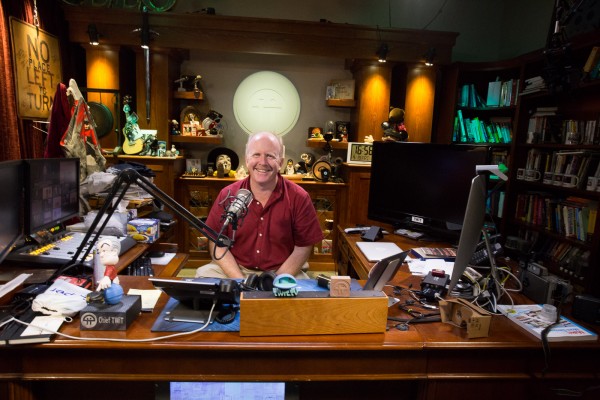
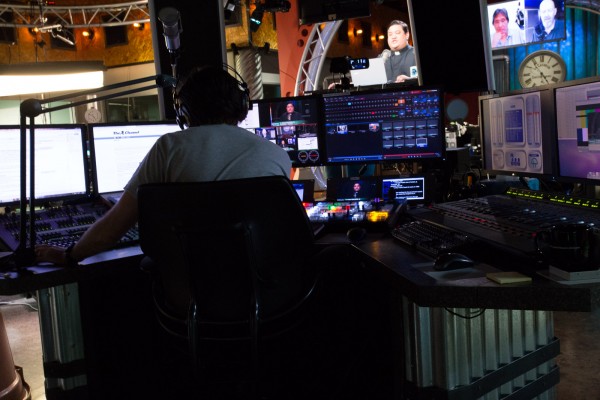
Recent Comments